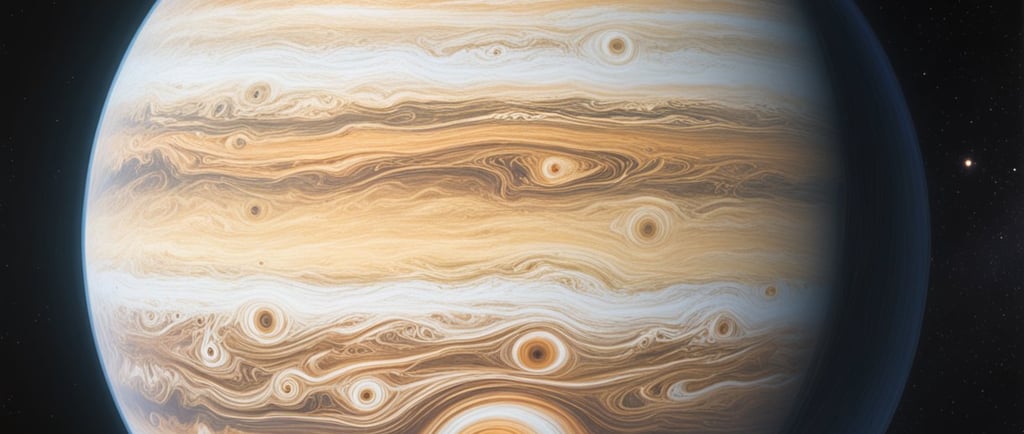POTS 1B: The Gas Giant in the Musca Constellation


Introduction to Hot Jupiters
Hot Jupiters are fascinating exoplanets that have captured the interest of astronomers and planetary scientists alike. These gas giants orbit very close to their parent stars, resulting in high surface temperatures and unique atmospheric conditions. Their detection is crucial for understanding the diversity of planetary systems in our universe.
The Recent Discovery in the Musca Constellation
Recently, researchers have announced the discovery of a significant hot Jupiter located in the Musca constellation. This newly identified exoplanet orbits a star approximately 3,914 light years away from Earth. The planet, designated as pots 1 b, boasts a remarkable mass of 2.3 times that of Jupiter, which raises intriguing questions about its formation and the dynamics within its system.
The transit method, employed in this detection, has proven to be an effective technique to locate and characterize exoplanets. By observing the dimming of a star as an exoplanet passes in front of it, astronomers can determine crucial details such as the size, mass, and orbital characteristics of the planetary body.
Significance of the Discovery
The discovery of pots 1 b not only adds to the catalog of known exoplanets but also enhances our understanding of planetary diversity. Hot Jupiters like this one challenge traditional theories of planetary formation and migration. The fact that pots 1 b is situated in the Musca constellation enriches our knowledge of the types of planets that exist beyond our solar system and the potential for different formation processes.
Furthermore, studying such a massive exoplanet provides valuable data on atmospheric composition and behavior under extreme conditions. It is anticipated that further observations will yield insights into the climatic patterns, potential chemical reactions, and possible weather phenomena in its atmosphere, paving the way for future research into habitability and the nature of planetary systems.
Conclusion
The detection of pots 1 b represents an exciting advancement in the field of exoplanetary research. As technology continues to improve, astronomers will uncover more secrets about these distant worlds. This enhances our understanding of the universe and the myriad of planets that populate it, showcasing the endless possibilities awaiting exploration.
